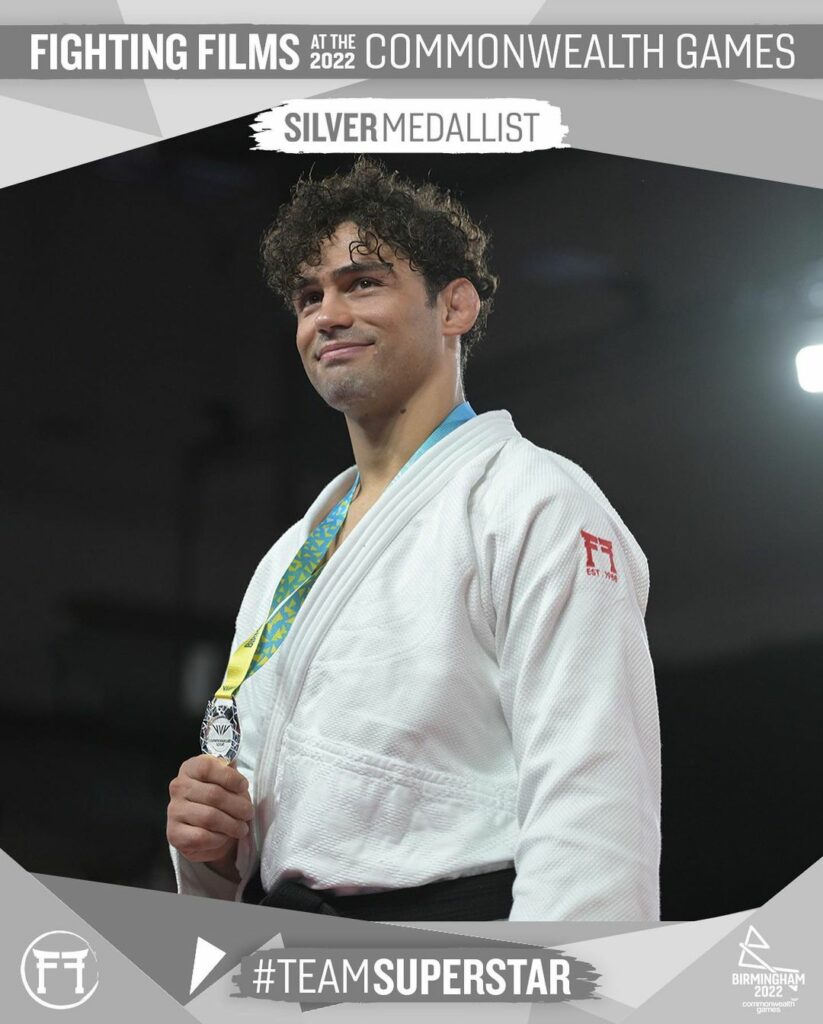If judo is today a major sport and practiced by tens of millions of people around the world, it was not always the case, judo at the Olympic Games is an example.
The difficult integration of judo in the Olympic Games
The first Olympic Games of the modern era were held in Athens in 1896, but judo wasn’t one of them right away… This martial art was created in 1882 by Jigoro Kano. It began to be exported, notably to France in the mid-1920s and worldwide after the Second World War. The European Judo Federation(EJU) was founded in 1948, and 3 years later the International Judo Federation(IJF) was born.
In honor of the 1964 Tokyo Olympic Games, judo made its first appearance in this competition. At that time, only four categories were represented: -68kg, -80kg, +80kg and “all categories”. The Japanese came out on top with 3 titles in the -68kg, -80kg and +80kg classes. Women were not represented in this sport at the 1964 Olympic Games.

4 years later, during the Mexico Games, judo is not included. It then makes its return in 1972 in Munich and will remain in the program until today.
Women at Olympic Games
Although the sport is becoming increasingly democratic in the Western world, and women are taking up the sport at a high level – the first world champion was Jane Bridge in 1980 – it wasn’t until 1992 that women took part in the judo events at the Olympic Games. Women and judo have a long history of emancipation, which began decades before women’s judo took part in the Olympic Games.

Since 1992, women have been represented every 4 years at the Olympic Games. Judo as we know it today, with 7 weight categories for both men and women, didn’t come into force until 1996 for the men and 2000 in Sydney for the women.
Finally, in 2020, for the second edition of the Tokyo Games, a new category enters the scene: themixed event, which sees the French take home the gold medal after beating their great Japanese rivals on home soil.
The outstanding judokas of the Olympic Games
The Olympic Games are the playground of the greatest champions. Judo has many. Here are some of the most remarkable.
. Tadahiro Nomura, the only judoka to have won three individual Olympic titles. He won titles in the -60kg category in 1996, 2000 and 2004.

. Teddy Riner Double individual Olympic champion in 2012 and 2016; and 2020 Olympic team champion. All in the +100kg category
. Ryōko Tani, the first female double Olympic champion in 2000 and 2004 in the -48kg class.
. Uta Abe and Hifumi Abe are the first siblings in Olympic history to win a gold medal on the same day. ( All sports )

The standards of kimonos for the Olympic Games
Judo kimonos play a very important role in judo competitions. Judo is a highly codified martial art, and the equipment worn by judokas is no exception. In addition to the color, blue versus white, there are many rules. If you’d like to learn more about IJF standards, we’ve written a whole article on the subject.
During the Olympic Games, the rules in place are similar to the IJF rules for international competitions.
But there is a difference. The logo must appear only on one sleeve. And smaller than on the IJF approved judogis.

Finally, if you would like to discover our range of judo kimonos, IJF or not, please visit our website.


